These conversation-starters help learners become sensitive to the presence of the Making Moves in their own and others’ learning. They also help learners have substantive conversations about the Making Moves with their peers.
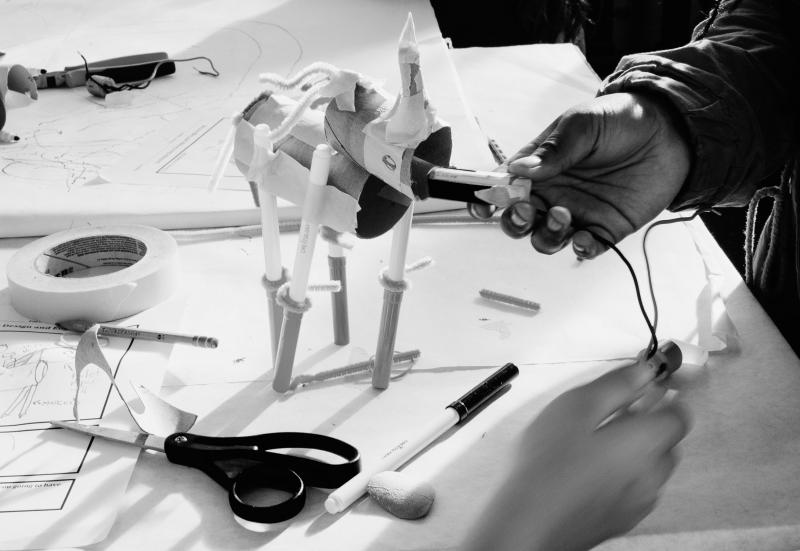
These conversation-starters help learners become sensitive to the presence of the Making Moves in their own and others’ learning. They also help learners have substantive conversations about the Making Moves with their peers.

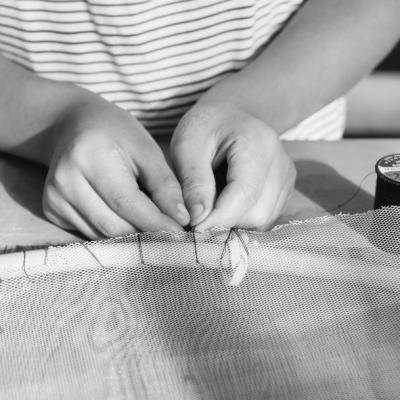
The AbD Making Moves are a set of observable or actionable “moves” that learners and educators can use to help design maker-centered learning experiences, and to support, observe, document, and assess maker-centered learning.
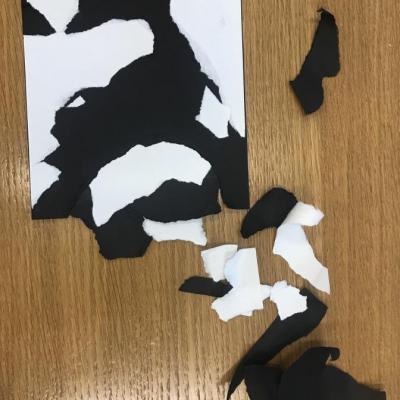
This entry offers a critical perspective of the role of the arts within the popular STEAM agenda. Most loosely defined, STEAM can be understood as incorporating the arts into the STEM (science, technology, engineering, and mathematics) acronym for the purpose of introducing a focus on art and design into these four subject areas. This entry first questions what the A in the STEAM acronym actually represents. The entry then argues that a focus on any discrete set of disciplines prioritizes some domains of practice, while overlooking others. The entry goes on to encourage a more distributed approach to pedagogical practice that is less about establishing catchy acronyms that privilege some disciplines over others – and more about supporting young people and adults in becoming multimodal learners capable of making connections between and beyond the disciplines.
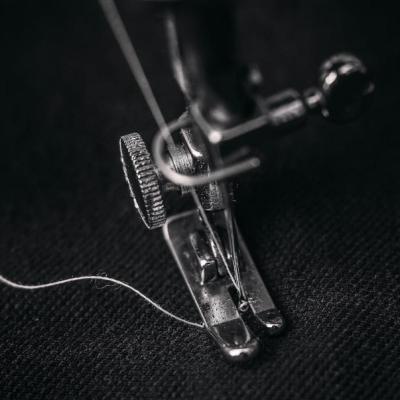
Esta rutina anima a los estudiantes a considerar las diferentes perspectivas de diversas personas que interactúan dentro de un sistema en particular.

A rotina ajuda os estudantes a explorar a complexidade ao encorajá-los a olhar atentamente para os detalhes de algo, considerando uma variedade de pontos de vista, de usuários e de partes interessadas e refletindo sobre as próprias conexões e seu envolvimento com o objeto ou o sistema em questão.

This Learn Workbook supports engagement with the Voice and Choice protocol. Created by Julie Rains.
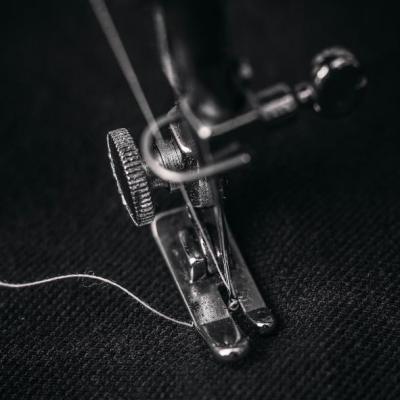
This routine encourages learners to consider the different and diverse perspectives held by the various people who interact within a particular system.
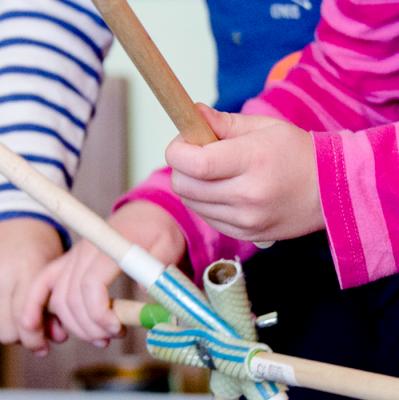
Agency by Design Principal Investigator Shari Tishman takes a dispositional approach to redefining “maker empowerment.”
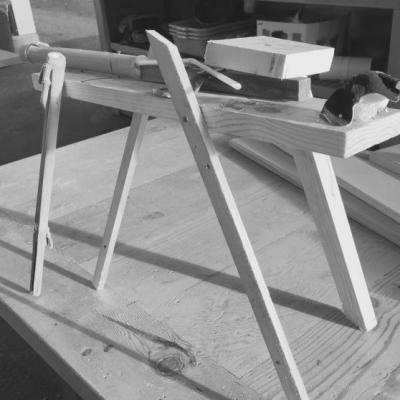
A conversation starter and reflective activity for introducing young people and adults to making.